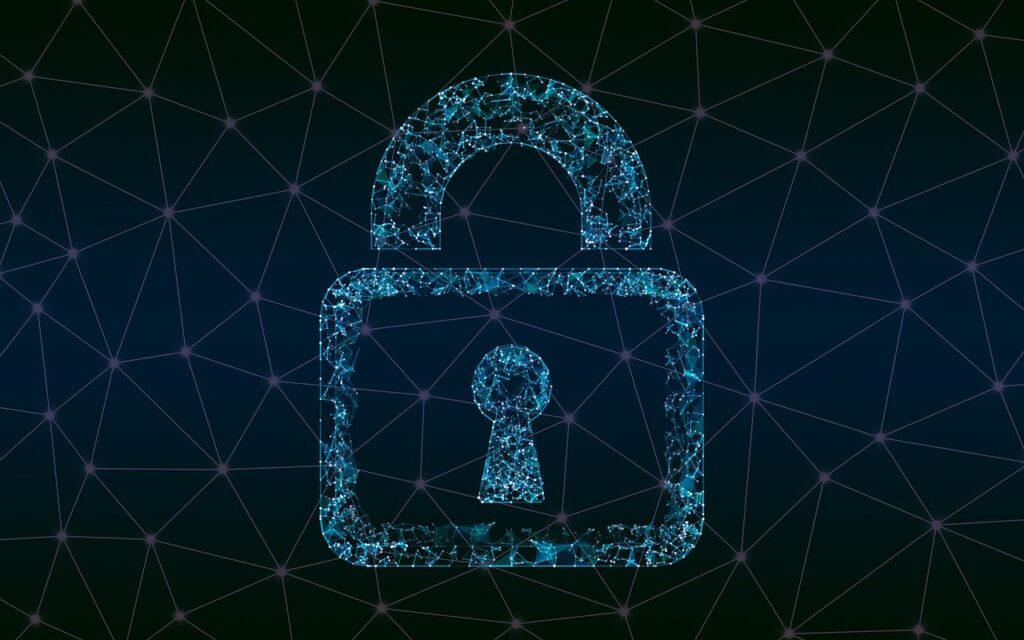As technology evolves, data security becomes more complex and challenging for companies. SOC 2 compliance is important to demonstrate that your company has the necessary safeguards to protect customer data. However, achieving SOC 2 compliance can be a daunting task that requires significant investment in time, resources, and expertise. This is where compliance automation comes in.
Compliance automation is a software solution that integrates with the company’s internal technology environment to automate the collection of relevant information about cloud services, identity providers, task trackers, and other applications. The compliance controls are continuously monitored by the tools, providing greater assurance to the company and its customers.
One of the main reasons why companies should automate SOC 2 compliance is that manual compliance processes can be inefficient and error-prone. Traditional compliance methods require a significant investment of time and resources, often resulting in delays and inaccuracies. This is particularly relevant for small and medium-sized companies that may lack the resources or expertise to handle compliance in-house.
Moreover, manual compliance processes are only point-in-time tests and do not provide continuous monitoring of compliance controls. This means that even if a company passes its SOC 2 audit, there is no guarantee that it will remain compliant throughout the year. With compliance automation, companies can continuously monitor their compliance status, identifying and addressing any issues before they become major problems.
Another advantage of compliance automation is that it can help companies effectively manage risk. By automating the collection and analysis of compliance data, compliance automation tools can identify potential security threats and vulnerabilities, allowing companies to take proactive measures to mitigate risks.
Onboarding and offboarding employees is another area where compliance automation can provide significant benefits. Companies must ensure that employees, contractors, and other individuals have appropriate access to sensitive information and that access is revoked when it is no longer needed. Compliance automation tools can help companies automate the documentation of onboarding and offboarding procedures, ensuring that access is granted and revoked in a timely and secure manner.
In addition to these benefits, compliance automation can also help companies reduce the risk of audit fraud. Compliance audits are a critical part of the SOC 2 compliance process, and companies need to ensure that they are conducted accurately and transparently. By automating compliance processes, companies can reduce the risk of audit fraud, ensuring that the audit is conducted in a fair and impartial manner.
Ultimately, compliance automation is a smart choice for companies seeking to achieve SOC 2 compliance. By automating compliance processes, companies can reduce the risk of errors, save time and resources, and achieve greater assurance that their compliance controls are being fulfilled. In addition, compliance automation can help companies effectively manage risk, ensure that onboarding and offboarding procedures are secure, and reduce the risk of audit fraud.
While the initial investment in compliance automation may seem daunting, the long-term benefits are clear. Companies that automate their SOC 2 compliance processes will be better positioned to protect customer data, build trust with their customers, and reduce the risk of costly security breaches. In today’s fast-paced business environment, compliance automation is not just a smart choice, it is a necessary one.
